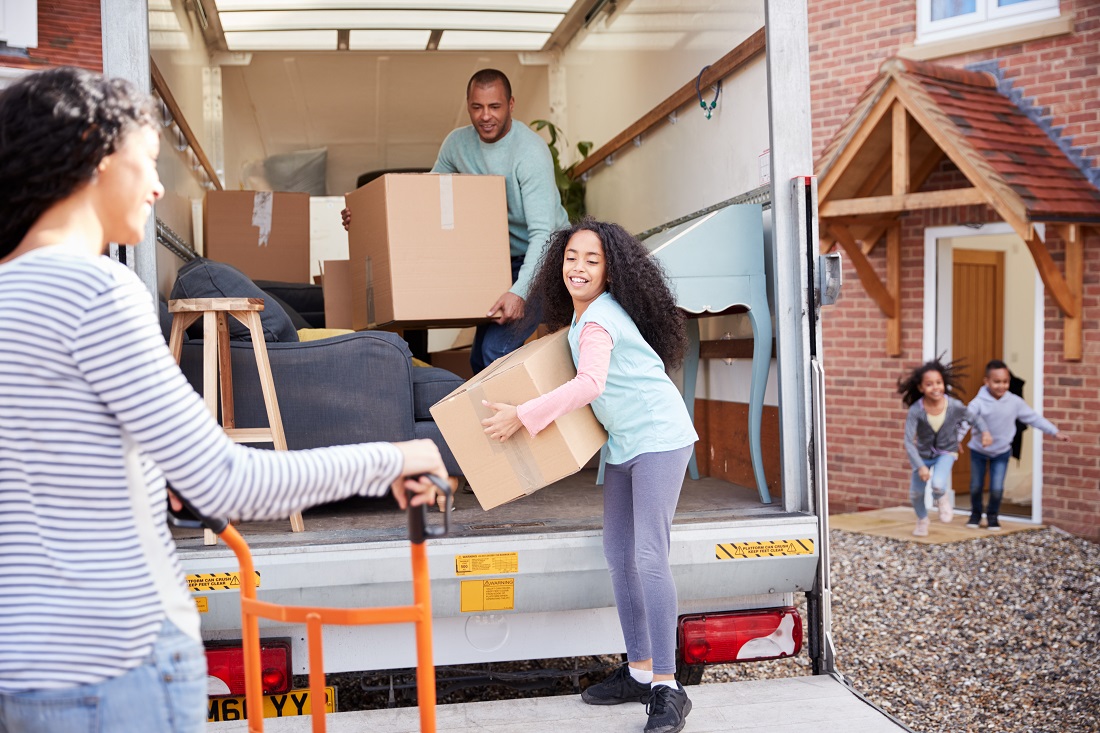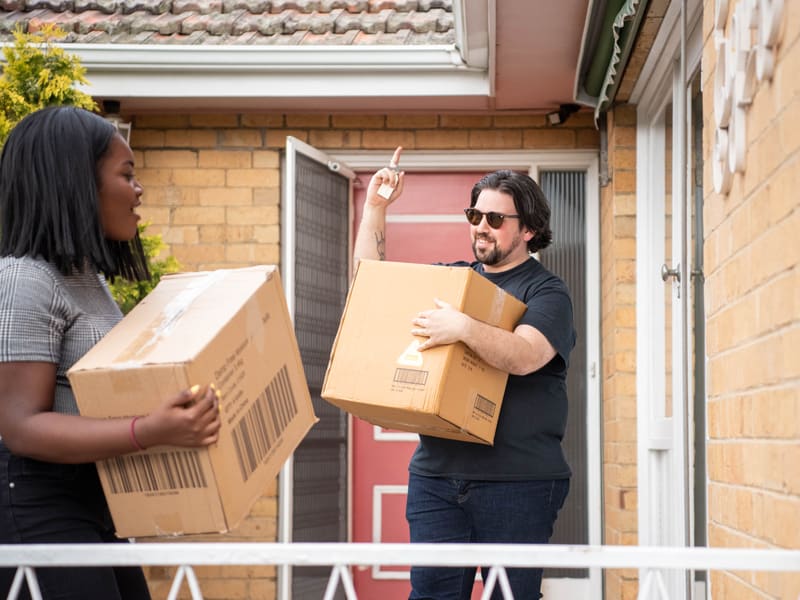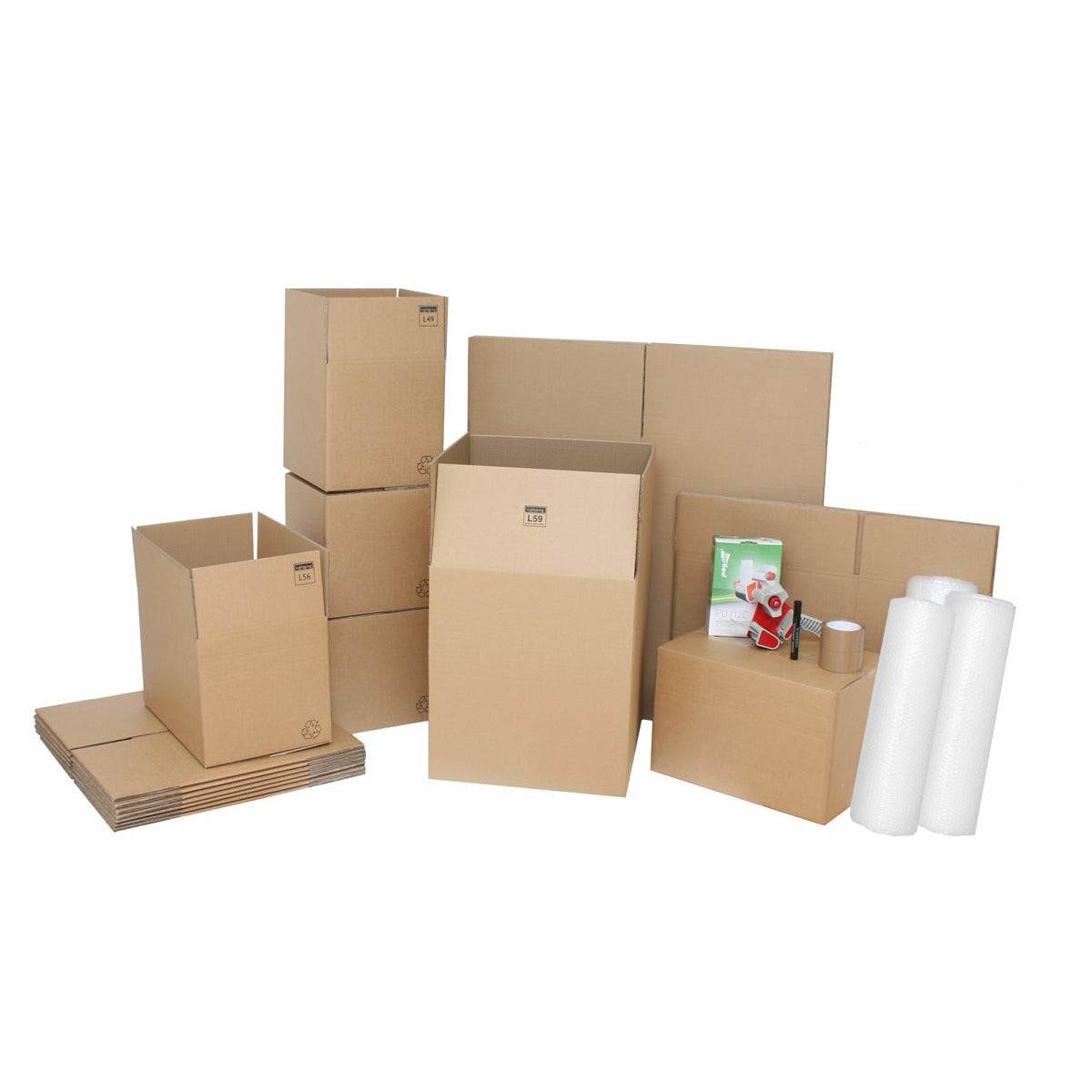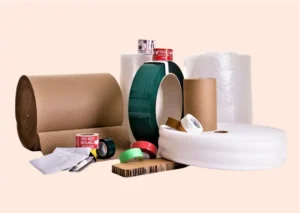Table of Contents

Key Takeaways
-
Packing smartly by decluttering and organizing can significantly reduce stress during a move.
-
Understanding and budgeting for hidden moving costs prevents unpleasant financial surprises.
-
A comprehensive moving checklist keeps you on track and ensures no detail is overlooked.
-
Knowing the right packing techniques for fragile items can prevent damage during transit.
-
Post-move strategies, like prioritizing unpacking, help you settle into your new home quickly.
Top Home Moving Packing Tips for a Stress-Free Experience
Moving can be one of life’s most stressful events, but with a bit of planning and the right tips, it doesn’t have to be. Let’s dive into how you can pack your belongings to minimize stress and ensure everything arrives at your new home safely.
Packing Essentials: What You Need for an Organized Move
Before you start tossing your things into boxes, let’s talk about what you’ll need. A successful move starts with having the right materials on hand. You’re going to need sturdy boxes of various sizes, packing tape, bubble wrap, and permanent markers for labeling. Most importantly, keep an inventory list; it’s a game-changer for keeping track of your items.
Decluttering Strategy: Lighten Your Load Before Packing
Decluttering is your first move. Get rid of things you no longer need or use. Here’s a simple rule: if you haven’t used it in a year, you probably don’t need it. Sell, donate, or trash these items. This step will not only make your move easier but also might save you money on moving costs.
Room-by-Room Packing Guide: Maximize Efficiency
Now, let’s talk strategy. Start packing room by room, and label each box with the room’s name and contents. This will make unpacking a breeze. Begin with the rooms you use least, so you won’t be digging through boxes for items you need before the move.
Example: Label boxes like “Kitchen – Pots and Pans” or “Bedroom – Bed Linens.” This keeps you organized and helps movers know where to place boxes in your new home.
|
Type of Box |
1-2 Rooms |
2-3 Rooms |
4-5 Rooms |
6-7 Rooms |
8-9 Rooms |
|---|---|---|---|---|---|
|
Small |
8 |
10 |
18 |
30 |
40 |
|
Medium |
6 |
8 |
15 |
25 |
30 |
|
Large |
4 |
6 |
15 |
20 |
30 |
|
XL |
2 |
3 |
4 |
10 |
12 |
|
Wardrobe |
2 |
4 |
6 |
8 |
10 |
|
Dish Pack |
1 |
3 |
4 |
5 |
6 |
The table includes the recommended quantities of small, medium, large, extra-large, wardrobe, and dish pack boxes for different room sizes.
Packing Fragile Items: Secure Your Delicates
When it comes to packing your delicate items, extra care is needed. Use bubble wrap and packing paper to protect your dishes, glasses, and other breakables. Pack plates vertically like records; they’re less likely to break this way. Remember to label these boxes as ‘Fragile’ so movers know to handle them with care.
Last-Minute Packing Tips: For the Procrastinator in All of Us
We’ve all been there, putting off packing until the last possible moment. If this is you, focus on packing a ‘last-minute box’ with essentials you’ll need for the first night in your new home. Think pajamas, toothbrush, and your favorite pillow. This way, you won’t be rummaging through boxes at midnight looking for your toothpaste.

The Hidden Costs of Moving: Budgeting for Your Relocation
Moving isn’t just about boxes and trucks; it’s also about the dollars in your wallet. Let’s talk about the hidden costs that can sneak up on you. It’s not just the movers; it’s the packing materials, potential storage fees, and maybe even a thank-you pizza for the friends who helped you pack. Budget wisely to avoid surprises.
Understanding Moving Estimates: Deciphering the Quotes
Getting a moving estimate can be confusing, but it’s essential for budgeting. You’ll encounter terms like ‘non-binding estimate,’ which means the cost could change based on the actual weight of your move. Always ask for a detailed breakdown of the costs so you can compare apples to apples when choosing a mover.
Additional Fees to Look Out For
Be on the lookout for extra fees that can inflate your moving bill. Things like long carry fees if the movers have to walk more than a certain distance from their truck to your front door, or elevator fees if they’re moving your stuff up and down a building. Knowing these in advance can save you from sticker shock.
Money-Saving Tips: Where to Splurge and Where to Save
-
Splurge: Quality moving boxes can save your heirlooms.
-
Save: Use towels and linens to pad boxes instead of buying bubble wrap.
-
Splurge: Professional movers for heavy, valuable items.
-
Save: Pack and move smaller items yourself.
Do-It-Yourself vs. Professional Movers: A Cost Comparison
Deciding between DIY and hiring pros depends on your budget and situation. If you’re moving a studio apartment across town, renting a truck and enlisting friends might be the way to go. But for larger homes or long-distance moves, professional movers can be worth their weight in gold, both for your back and your peace of mind.
Your Ultimate Moving Checklist: Keeping Track of Every Detail
A moving checklist is your roadmap to a successful relocation. It keeps you organized and ensures you don’t forget anything, from turning off the utilities at your old place to registering your kids for their new school.
8 Weeks Out: Setting the Foundation for a Smooth Move
Start early. Eight weeks out, begin decluttering, schedule a garage sale, and start collecting moving and packing supplies. This is also a good time to start researching movers and getting estimates.
4 Weeks Out: Tackling the Administrative Tasks
With one month to go, it’s time to notify your utility companies, update your address with the post office, and begin the packing process. Don’t forget to arrange for time off work on moving day. For a smooth transition, consult this handy moving day checklist.
At this point, it’s also crucial to start eating up the food in your pantry and freezer. The less you have to move, the better.
1 Week Out: The Final Countdown Checkpoints
The final week is here, and it’s all about the details. Confirm your moving date and time with the movers, pack your essentials box, and do a final sweep of the house to ensure nothing is left behind.
Also, make sure to set aside items you’ll need immediate access to, like medications, chargers, and important documents, in a clearly labeled ‘essentials’ box.
Moving Day: A Step-by-Step Guide for Zero-Day Stress
On the big day, have a plan. Make sure you’re up early, do a final walkthrough of your home, and ensure that everything is packed and labeled. Be on hand to answer any questions the movers might have, and keep your essentials box with you.
Once everything is loaded up, do one last check for forgotten items, turn off all the lights, lock up, and hand over the keys. Now, take a deep breath; the hardest part is over.

After the Move: Unpacking and Settling In
You’ve made it to your new home, but there’s still work to be done. Unpacking strategically can make the transition smoother and help you feel at home faster.
Unpacking Priorities: Organizing Your First Week
Start with the essentials – the bathroom, kitchen, and bedroom. Having these functional will make the rest of unpacking less stressful. And remember, you don’t have to unpack everything in one day. Take your time and do it right.
Next, tackle the main living areas, like the living room and dining room. This will allow you to relax and enjoy your new space as you continue to settle in.
Turning a House into a Home: Personalization Tips
Once you’ve unpacked the necessities, it’s time to personalize your space. Hang pictures, arrange your furniture, and add those unique touches that make a house feel like home. This is the fun part, so get creative!
Commencing Life in a New Location: Post-Move Essentials
After the boxes are unpacked, it’s time to start living in your new community. Register to vote, find a new doctor, and explore your neighborhood. Embrace this new chapter in your life and make the most of it.
Remember, moving is a marathon, not a sprint. Take it one step at a time, and before you know it, you’ll be settled into your new home, stress-free.
Ready to make your move as smooth as silk? Our tailored moving solutions are here to lift the weight off your shoulders. From carefully packing your cherished belongings to navigating the complexities of relocation, we’re here to guide you every step of the way.
Customized Moving Solutions: How We Can Help
Each move is unique, and that’s why we offer customized moving solutions tailored to your specific needs. Whether you’re heading to a new city or just a few blocks away, we’ll craft a moving plan that fits your schedule, budget, and requirements.
Streamlined Packing Services for Your Ease
Our packing services are designed to save you time and hassle. We use high-quality materials to protect your items, and our expert team handles everything from your delicate china to your bulky furniture with the utmost care.
Reasons to Choose Our Expertise for Your Next Move
With years of experience in the moving industry, we’ve mastered the art of stress-free relocations. Our team is not only skilled but also passionate about providing exceptional customer service. Trust us to make your next move your best move.
Frequently Asked Questions
Got questions? We’ve got answers! Here are some of the most common queries we hear from folks about to embark on a move.

How far in advance should I start preparing for my move?
It’s best to start preparing for your move at least eight weeks in advance. This gives you ample time to declutter, gather supplies, and pack without feeling rushed. Early preparation can be a game-changer for a stress-free move.
What should I do if I need to move last minute?
If you’re in a pinch and need to move quickly, focus on the essentials. Pack a bag with a few days’ worth of clothing and necessities. Then, prioritize your belongings and pack the most important items first. Remember, we’re just a Contact Us click away to assist you in this crunch time.
Are there any items that professional movers won’t transport?
Yes, there are certain items that professional movers typically won’t move, such as hazardous materials, perishable foods, and pets. Make sure to ask for a complete list and make alternate arrangements for these items.
Example: Plan to transport your houseplants and any personal or sentimental items with you rather than on the moving truck.
How can I ensure my belongings stay organized during the move?
Organization is key to a successful move. Use color-coded labels for boxes and keep an inventory list. This way, you’ll know exactly what’s in each box and where it should go in your new home.
What’s the best way to unpack and set up my new home quickly?
Start by unpacking your essentials first, such as bedding, toiletries, and kitchen items. Then, move on to the less critical items. Set up one room at a time to make the process less overwhelming and more efficient.



